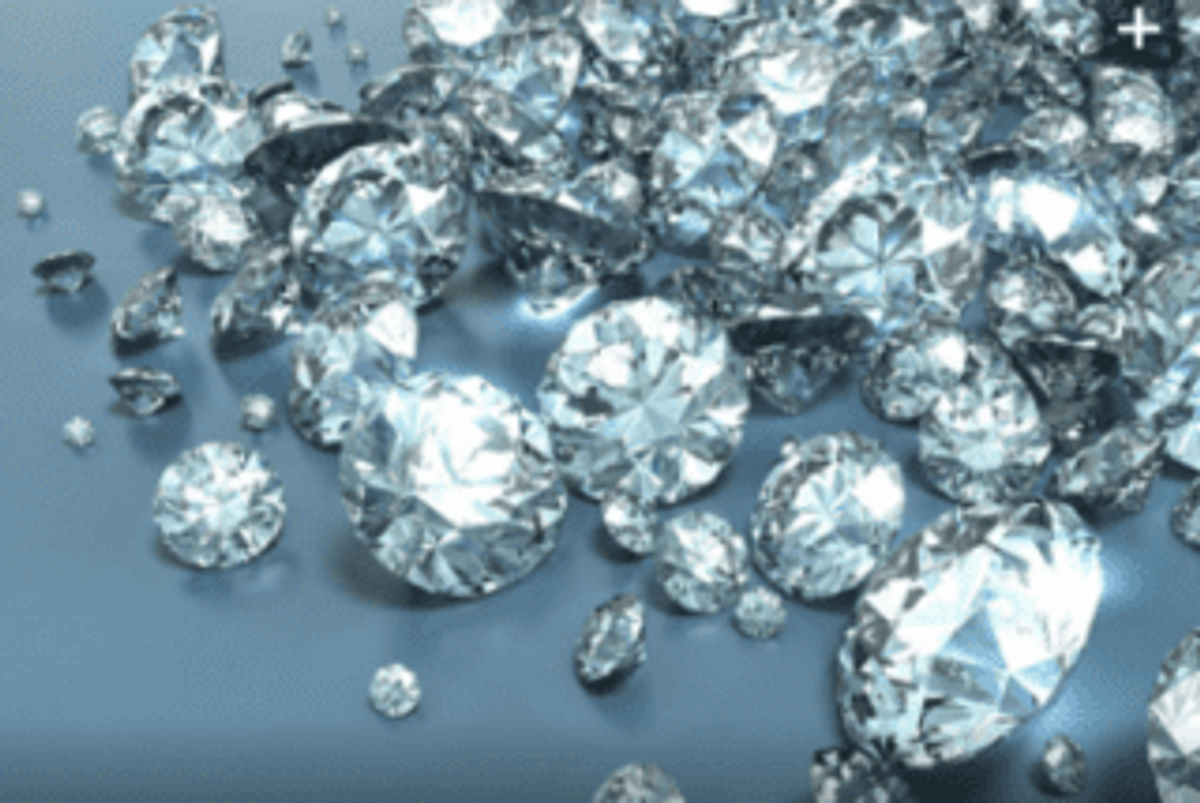
The 18 to 35-year-olds group represents the largest growth opportunity for the sector, but how will the industry reach them?
Last year, the Diamond Producers Association launched their first category marketing campaign in over a decade to attract younger generations to the diamond’s market,“Real is Rare. Rare is Diamond”.
This year, the association will take an extra step to reach millennials, asking its backers to raise its budget from $6 million to $60 million, according to a Bloomberg report.
In 2015, millennials spent almost $26 billion on diamond jewellery in the four largest consumer markets- the US, China, Japan and India, acquiring more than any other generation.
Jean-Marc, CEO of DPA, said: “We wanted to develop a new thought, specifically built around and for millennials, that would inspire the next generation of consumers in the way ‘A Diamond is Forever’ has been inspiring the past three generations.”
The DPA was set up in 2015 to help revive the industry and “maintain and enhance confidence in diamonds”. Members include top miners De Beers, Alrosa PJSC (MCX:ALRS), Dominion Diamond (NYSE:DDC), Gem Diamonds (LON:GEMD), Lucara Diamond (TSX:LUC), Petra Diamonds (LON:PDL) and Rio Tinto Diamonds (NYSE:RIO).
Bruce Cleaver, CEO of De Beers, the world’s biggest diamond producer, said to AP that millennials are still purchasing diamonds, though they are typically less affluent than their parents were at the same age.
He said they are trying to reach “the under-35-year-olds who may be more focused on paying off student loan debt than buying diamonds and getting hitched.”
Growth Opportunity
According to De Beers’ Diamond Insight Report, total global diamond jewelry sales fell from $81 billion US in 2014 to $79 billion US in 2015.
Despite this, the report also notes that the potential millennial market contains more than 220 million populations, representing the diamond sector’s largest growth opportunity.
Anglo American (JSE:AMS), which has an 85 percent stake in De Beers, is also betting on millennial diamond consumers. It put diamonds, precious metals and copper at the core of its leaner portfolio at the beginning of 2016.
For Cleaver, the challenge is adjusting the product offering to consumers who are progressing more slowly down the traditional life path than previous generations.
Millennial consumers are getting married at a later age, if at all, and they typically value uniqueness, quality, and an environmentally and ethically conscious story to accompany their jewellery.
“We know that they are invested in the diamond dream, but they don’t like being told what to do, and there is tendency for brands to underestimate them,” Cleaver told The New York Times.
But how is this generation different from their parents? Cleaver provided some insight saying that they are not as traditional.
“We find that they self-purchase more than their parents did and that’s quite an interesting opportunity because there was a time when pretty much all diamond purchases were men buying for women.”
Technological innovation is also being studied in retail, partly because of millennials, he added.
“We need to get consumers feeling engaged in the purchase process when they come into the store. Traditionally, that’s not easy because it takes a long time to create a design. But will 3-D printing change that in the future? I don’t see why not.”
That said, the diamond market has a bright year ahead and, after a rebound in diamond prices in 2016, analysts forecast a sales and production increase in the next twelve months.
Dunnedin Ventures’ (TSXV:DVI) CEO Chris Taylor told INN that positive retail sentiment will “trickle down through the rest of the industry, all the way to production and would be good for the industry as a whole.”
Don’t forget to follow us @INN_Resource for real-time news updates!
Securities Disclosure: I, Priscila Barrera, hold no direct investment interest in any company mentioned in this article.
Editorial Disclosure: Dunnedin Ventures is a client of the Investing News Network. This article is not paid-for content.